SUMMARY
This is AI generated summarization, which may have errors. For context, always refer to the full article.
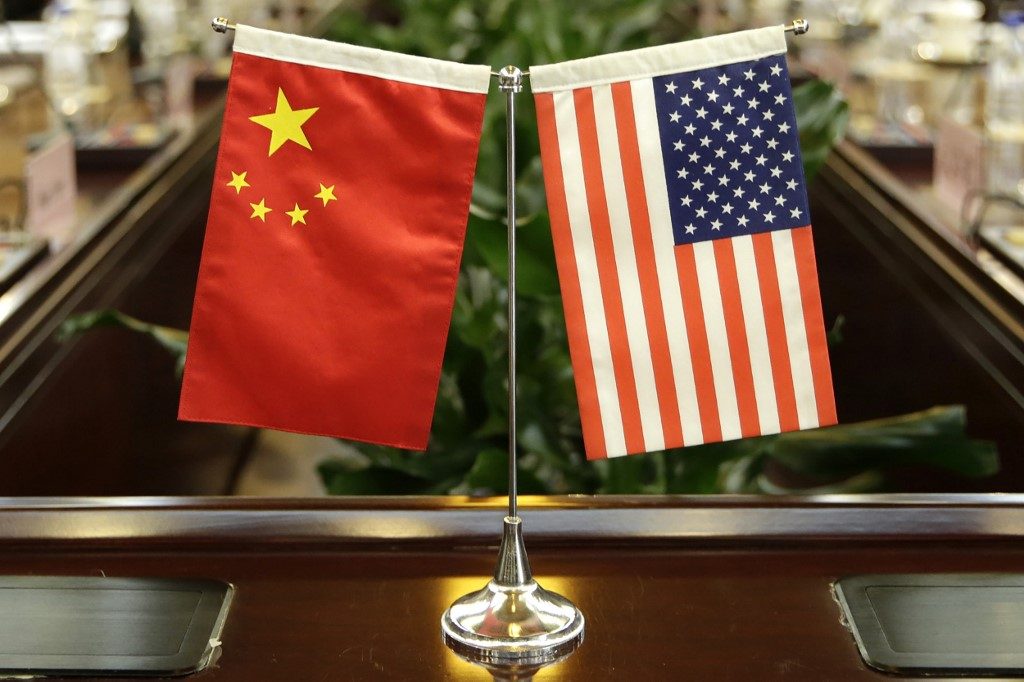
Why has the announcement by the United States of its highest-level visit to Taiwan for 4 decades sparked such anger from Beijing?
Here is a recap of the key issues surrounding the delicate relations between the US, China, and Taiwan.
Bitter history
The deep rift between China and Taiwan dates back to China’s civil war, which erupted in 1927 and pitted forces aligned with the Communist Party of China against the Nationalist Kuomintang (KMT) army.
Eventually defeated by Mao Zedong’s Communists, KMT chief Chiang Kai-shek fled to Taiwan, which was still under KMT control.
From there, Chiang continued to claim the entirety of China – just as the mainland claimed Taiwan.
Taiwan’s official name remains the Republic of China, while the mainland is the People’s Republic of China.
Both sides still formally claim to represent all of China.
Taiwan has transformed into a vibrant and developed democracy whose popular president, Tsai Ing-wen, has stressed the island’s separate identity.
The KMT, now in opposition, is more supportive of better ties with Beijing, especially on trade.
Why the fuss?
Washington cut formal diplomatic relations with Taiwan in 1979, switching recognition to Beijing as the sole representative of China, with the mainland becoming a major trading partner.
But the United States at the same time maintained a decisive, if at times delicate, role in supporting Taiwan.
Under a law passed by Congress, the United States is required to sell Taiwan military supplies to ensure its self-defense against Beijing’s vastly larger armed forces.
In 2019, President Donald Trump’s administration approved $8 billion in fighter jets to Taiwan, the largest US sale to the island in years.
‘One China’ policy
In 1992, Taiwan and mainland China both pledged there is only “one China” but they agreed to disagree about what that precisely meant.
Only 14 nations, all in the developing world, and the Vatican still recognize Taiwan, with Beijing trying hard to stop any international recognition for the island.
The United States, while recognizing Beijing, is careful in its wording.
The United States says only that it “acknowledges” Beijing’s claim to Taiwan – and leaves it for the two sides to work out a solution.
In practice, Taiwan enjoys many of the trappings of a full diplomatic relationship with the United States.
While there is no US embassy in Taipei, Washington runs a center called the American Institute in Taiwan, while the island’s diplomats enjoy the status of other nations’ personnel while in the United States.
Beijing is sensitive to any move that could amount to official recognition of Taiwan, such as when Tsai spoke by telephone to Trump after his election but before his inauguration.
The United States has pushed for Taiwan to be included in UN bodies such as the World Health Organization.
The topic is sure to come up during the visit of Alex Azar, the secretary of health and human services, who like many around the world has praised Taiwan’s effective response to the coronavirus pandemic. – Rappler.com
Add a comment
How does this make you feel?
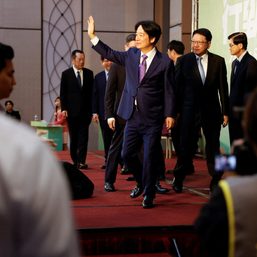
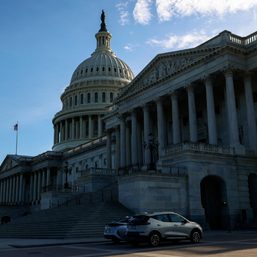

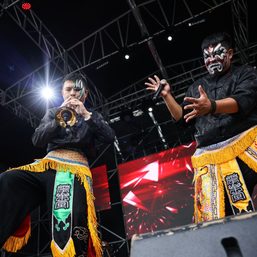
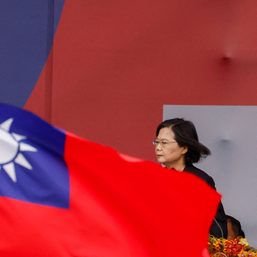
There are no comments yet. Add your comment to start the conversation.